Addressing the Impacts of Food Loss and Waste
Climate Change, Food Security, and the Global Economy
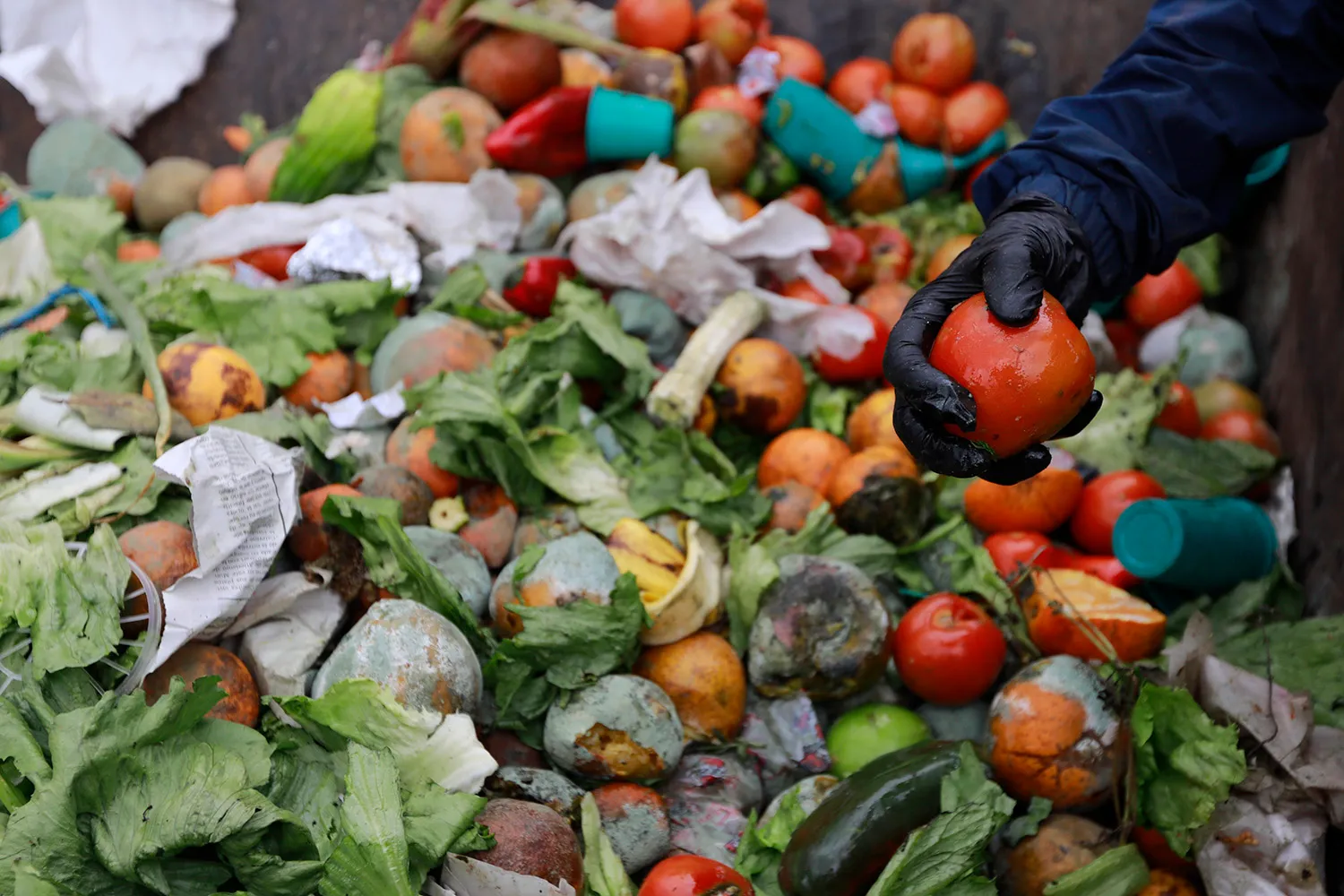
A man picks a tomato from a trash dumpster in Bogota, Colombia on April 17, 2020. John W. Vizcaino/Corbis via Getty Images
By Saskia Bérengère Brain and Anjana Nair, Policy Fellows, FP Analytics
December 2022
Food loss and waste (FLW) has cascading impacts on climate change, food security, and the global economy. Each year, 40 percent of food produced worldwide is wasted or lost, costing the global economy approximately $2.6 trillion. Beyond economic outcomes, FLW not only has resounding effects on the environment and climate change—increasing greenhouse gas emissions exponentially—but also is one of the predominant causes of hunger and malnutrition globally. Yet, despite being a significant driver of anthropogenic emissions and food insecurity, FLW has been marginalized in global climate discussions. The issue was neither on the principal agenda of the Conference of Parties (COP) 26 in Glasgow in 2021, nor that of COP 27 in Sharm El Sheikh in November 2022. Notably, the United Nations Food and Agriculture Organization (FAO) released a new report at COP 27 on food cold chain development, which is one aspect of FLW, underscoring the importance of investing in sustainable policies at every level of the food value chain. This issue brief examines the environmental, nutritional, and economic implications of FLW and highlights policy recommendations to facilitate global cooperation—in both public and private spheres—to mitigate and prevent the widespread impacts of FLW on people and the planet.
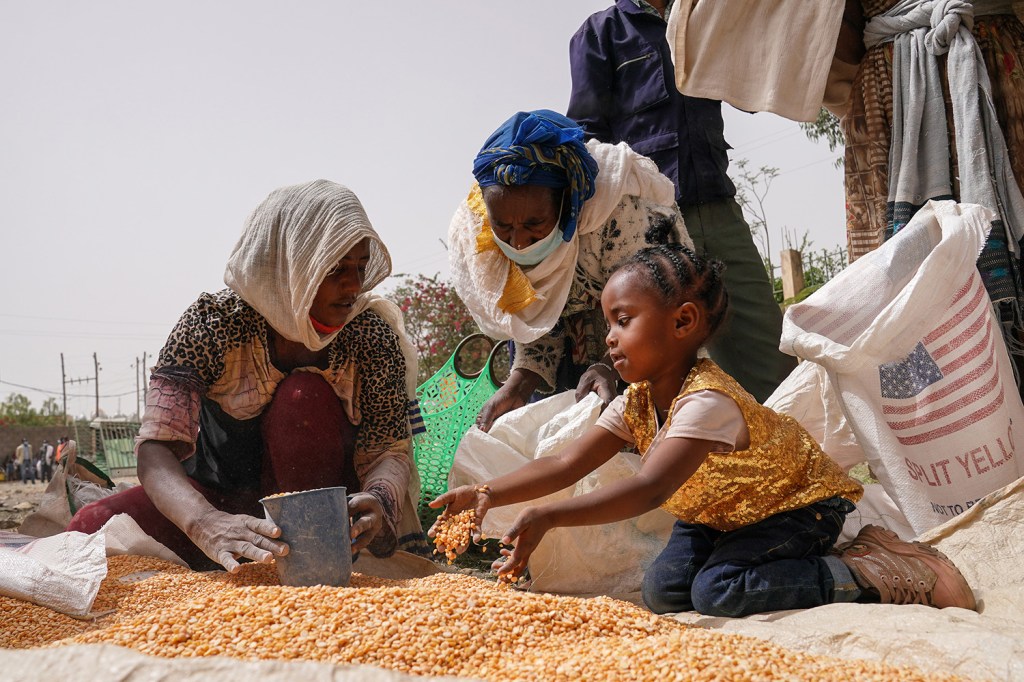
FLW is a Leading Cause of Food Insecurity
Food waste typically occurs in households within advanced economies when individuals purchase and prepare food that is left uneaten. By contrast, food loss typically occurs in lower-income countries during food harvest and production, when crops are ruined by poor storage facilities. Recognizing the knock-on effects of this issue on human and environmental health, the UN is committed to halving global per capita food loss and waste by 2030, as outlined in Sustainable Development Goal (SDG) 12.3. While several governments across the world have introduced policy initiatives and implemented successful campaigns to reduce food overproduction and waste, most have not, leading to uncoordinated, asymmetric global efforts. According to a report by the non-profit organization Feedback EU, which aims to strengthen the development of sustainable food policy in Europe, more food is wasted than imported in the European Union (EU), prompting forty-three organizations within Member States to sign a letter urging the EU to impose legally binding limits to reduce FLW.
Alongside acute poverty, conflict, and natural disasters, FLW is one of the leading causes of global food insecurity, which is inextricably linked to hunger and malnutrition. Contrary to popular belief, widespread hunger is not caused by the global scarcity of food or declining levels of food production but rather stems from failure of distribution. Food lost and wasted each year amounts to 2.5 billion metric tons, which, if saved, could feed up to two billion people and help end the global hunger crisis, which impacts approximately 828 million people.
Low-income countries are disproportionately impacted by food insecurity, particularly those affected by conflict or vulnerable to extreme, climate-related weather events such as prolonged droughts, frequent flooding, and heatwaves. Food loss is high in such countries for several reasons. First, agricultural technologies—including cold chain technologies and transportation infrastructures, which regulate the temperature of food to ensure preservation—are often inaccessible and unaffordable. In India, for example, cold chain technologies contain and transport less than 4 percent of fresh fruit and vegetables, compared to 90 percent in the United Kingdom. As a result, India suffers produce losses of approximately $5.2 billion per year. Second, low-income countries are often home to insufficient storage facilities and unhygienic handling, thus exacerbating the risk of mold and pest infestations and spoiling produce following harvest. Consequently, food that could be widely distributed—especially to those who experience hunger and malnourishment—ends up being destroyed before reaching the market, contributing to food insecurity.
Advanced economies, while not exempt from food spoilage at the harvest and production stages, experience greater food waste than food loss. Despite utilizing sophisticated agricultural technologies that ensure that produce is largely stored and transported safely, food is often spoiled further down the line at the retail and consumer levels. According to a study published in the American Journal of Agricultural Economics, American households on average fail to consume, and thus waste, 31.9 percent of food purchased, costing the United States approximately $240 billion annually ($1,866 per household). Meanwhile, grocery stores, restaurants, and other food companies waste food by over-ordering, throwing out edible food due to slight blemishes or premature expiration dates, and due to in-store equipment malfunctions. In the United Kingdom, approximately 1.4 million metric tons of food is wasted per year in the retail, hospitality, and food service industries. That is occurring against the backdrop of an ongoing cost-of-living crisis in which 9.7 million adults are experiencing hunger and malnourishment, which is also putting a strain on British food banks.
Lack of access to nutritious food causes hunger and malnutrition, which have a detrimental impact on human health and wellness, making FLW a public health issue. Adults, young adults, and children who experience food insecurity have an increased risk of negative health outcomes and chronic conditions, including typhoid fever, heart disease, and diabetes. Globally, approximately 45 percent of child deaths are caused by hunger and related health issues. With Russia’s invasion of Ukraine in February 2022 disrupting the global food supply, addressing food loss and waste is crucial, now more than ever, to combat world hunger and reduce food and health insecurity.
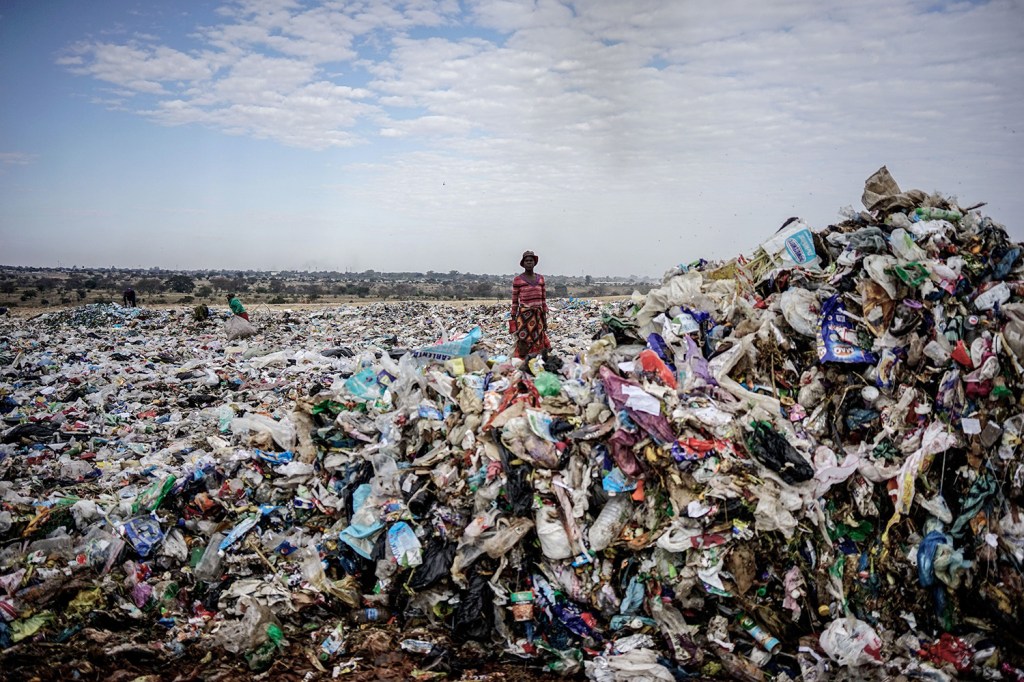
FLW Drains Natural Resources and Contributes to Environmental Degradation
Alongside food insecurity, food loss and waste threatens the environment, exacerbates climate change, and undermines biodiversity. Each year, 2.5 billion metric tons of uneaten food are thrown into landfills and left to decompose and emit 3.3 billion metric tons of greenhouse gasses (GHG), or 7 percent of total emissions globally. In the European Union annually, 153.5 million tons of lost or wasted food is discarded, which is responsible for approximately 6 percent of the trading bloc’s total GHG emissions. In the United States, FLW generates the same amount of greenhouse gas emissions as approximately 32.6 million cars. Moreover, the handling, production, refrigeration, and transportation of food contribute to increasing environmental issues, such as the generation of carbon dioxide (CO2) emissions. FLW—if it were a country—would be the third largest producer of carbon dioxide globally. Further, several stages of the food cold chain, including food packaging and pre-conditioning activities, generate considerable amounts of waste, which harms the environment. Food production also exhausts water, land, and fertilizer supplies. The water used for the production of lost or wasted food globally amounts to three times the volume of water in Lake Geneva, annually. In the United States, FLW consumes 22 trillion liters of water each year, equivalent to the annual water use of 50 million American homes, while the land cost is equivalent to the size of California and New York combined.
In developing economies, arable land and clean water are highly limited resources that are forfeited when agricultural yields are lost, diminishing productive capacity and posing a substantial threat to livelihoods. Freshwater scarcity compounds the water supply, sanitation, and hygiene (WASH) problem that developing economies face. Misspent water resources could be used for hygiene practices that help stave off disease in rural, disaster-prone areas in low-income countries, where 2.2 billion people still lack access to safe drinking water. In Ethiopia, for example, agriculture is one of the leading drivers of GDP, making up 80 percent of total employment and 83.9 percent of exports. Post-harvest food loss and waste, ranging from 30 to 50 percent, has reduced food availability in the country, where 29 percent of the population suffers from malnourishment and micronutrient deficiencies as food insecurity has worsened due to climate change and conflict.
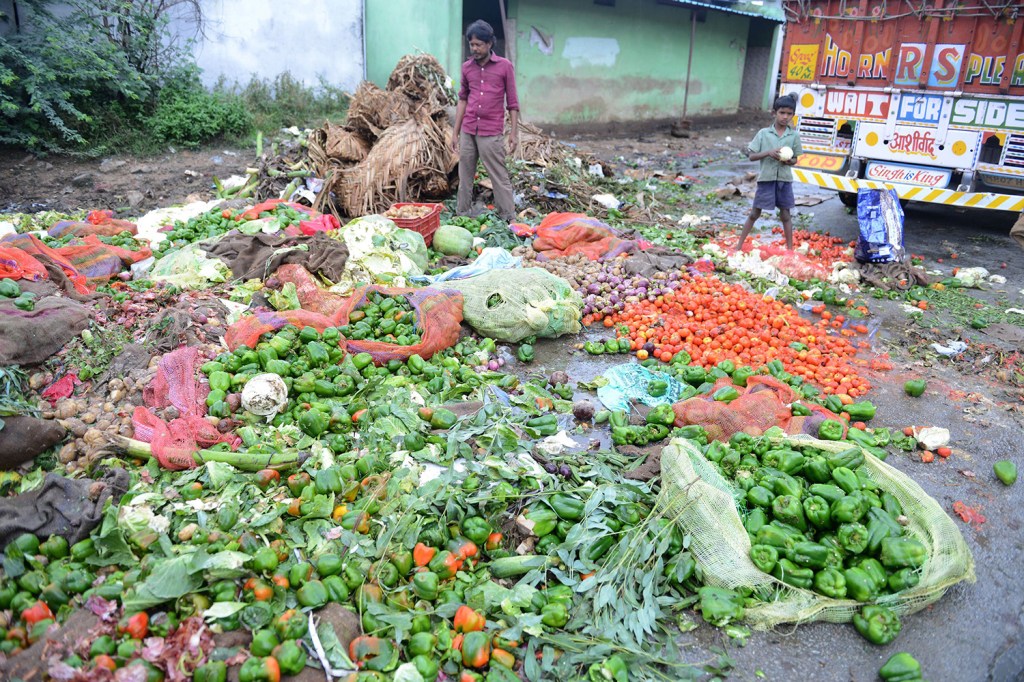
FLW Threatens Livelihoods and Poses Risk to the Global Economy
In the midst of concurrent energy, food, fertilizer, and climate crises, increasing FLW drains vanishingly scarce land, energy, water, and labor resources and overwhelms waste management systems. This resource loss is much more pronounced in developing economies, where nearly 80 percent of global harvested cropland resides, and further threatens the livelihoods of 1.5 billion smallholder farmers who endure the highest incidence of poverty of any sector of the global economy. Producing, storing, transporting, and packaging food, and ultimately discarding food waste, generate $1 trillion in direct economic costs each year. As global population growth puts more stress on the food system, diverting resources to prevent food loss by investing in agronomy training, autonomous technologies, and education on alternative solutions to cosmetically imperfect crops can yield more food for consumption while alleviating the economic burden of lost harvests on smallholder farmers.
Innovative solutions will also be required to tackle the generation of waste in cities, which are expected to be responsible for 80 percent of global food consumption by 2050. In Singapore, for example, the problem of food waste is particularly complicated as it imports 90 percent of its food due to land scarcity and is thus extremely susceptible to exogenous shocks like inflation and supply chain disruptions. Food waste contributes to this vulnerability by forcing Singapore to import more food to meet demand. In response to this challenge, Singapore is joining 20 other cities in a pilot program to transform food systems, reduce waste and emissions, and improve resilience through circular practices like biogas production across water, waste, and energy systems—a practice that is already central to the long-standing food systems of indigenous peoples and local communities (IPLCs) throughout the world.
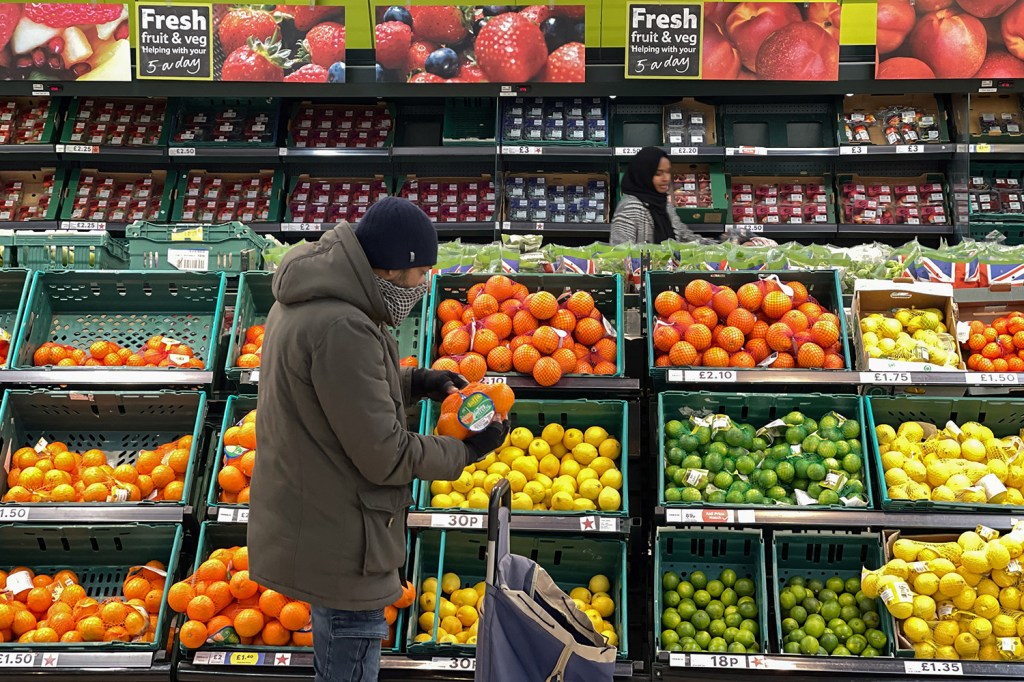
Initiatives and Partnerships to Mitigate FLW
Curbing FLW at all levels of the food system will require innovative public-private partnerships in addition to greater prioritization of FLW on global and national policymaking agendas. Though data collection continues to be a major obstacle for national governments seeking to monitor and address FLW, the private sector has taken small but effective steps toward a solution. To aid this effort, the UN Environment Programme has launched Regional Food Waste Working Groups in 25 countries across Latin America and the Caribbean, Africa, West Asia, and the Asia-Pacific, at the request of national governments working to strengthen their understanding of, and capacity to deal with, FLW.
A report commissioned by the Business and Sustainable Development Commission found that reducing global food loss during the production process could be a business opportunity for the private sector valued at $115 to $405 billion, while reducing global food waste on the consumption side could be a $175 to $220 billion opportunity for private partners. The report lays out myriad opportunities for private-sector involvement at all levels of the food system, such as sustainable forestry management, developing microbial fertilizers, product reformulation, developing fully traceable product systems, and transforming energy capture from food disposal. The UN World Food Programme’s (WFP) Purchase for Progress is an example of an initiative backed by private-sector partners that aims to combat structural barriers that contribute to post-harvest loss. The program now operates in 35 countries and undertakes to increase smallholder farmers’ access to local markets by building better roads and storage facilities, but also by committing to sourcing at least 10 percent of all WFP food purchases from smallholder farmers, which the agency uses primarily for local school meals and other food assistance programs.
Some companies are choosing to tackle waste reduction at the retail, restaurant, and household levels. Apps such as Too Good to Go aim to tackle this problem at the source by redistributing food from retailers and restaurants with surplus to households at a discounted price. They have also partnered with hundreds of thousands of businesses and schools across the world to further educate current and future consumers about the impacts of FLW and reduce household waste. Another example of technology innovations curbing waste is the Ingka Group—the largest IKEA franchisee—and Winnow Solutions partnership that uses artificial intelligence to better understand food demand at its stores and restaurants. The tool measures food waste in IKEA restaurants, bistros, and markets around the world, which has allowed the company to reduce its food waste by 54 percent from 2017 to 2021.
Meanwhile, the Marks & Spencer grocery retailer is joining European supermarkets Tesco and Lidl in eliminating “best before” dates on fruits and vegetables, which are both the most resource-intensive crops and most wasted types of food, making produce an ideal early target for waste-reduction policies. Confusion around “best before” labels contribute to consumer waste. Date labels are rarely standardized across industries and are meant to indicate the manufacturer’s estimate of the item’s peak quality, not to specify a spoilage date, with an exception for expiration and “use by” dates on more time-sensitive products such as baby food, meat, and dairy products. This complicates both individual and systemic decision-making, generating uncertainty regarding food quality and undermining efforts around sustainable food practices.
Looking Ahead
One of the greatest obstacles to policymaking around FLW is the lack of consistent, standardized, high-quality data collection, especially in developing economies, which would enable governments to build national strategies and incentivize investment. There are multiple approaches to measuring FLW, including metrics based on weight, emissions, land use, jobs, and market value. However, these metrics are not consistently employed among different levels of the food system, nor are they universally understood or operationalized across countries. Indeed, only 17 countries currently collect the high-quality data compatible with sub-indicator SDG 12.3.1(b), the Food Waste Index, which is managed by the UNEP and measures retail, service, and household waste. A lack of comprehensive, farm-to-table data collection has hindered efforts in the most vulnerable, food-insecure communities for which mitigating food loss and waste would provide the greatest benefit.
Although curbing over-consumption by individuals and retailers can significantly reduce annual food waste, the greatest environmental benefit comes from prevention rather than recycling. Improving food system resilience, sustainability, and efficiency at the production, retail, and consumer levels will mitigate the environmental, economic, and health impacts of food loss and waste and strengthen global economic security. Awareness of FLW is an important first step in creating innovative solutions and key to its inclusion on the agenda of future global summits, whether, for example, on climate change, health, or humanitarianism.
